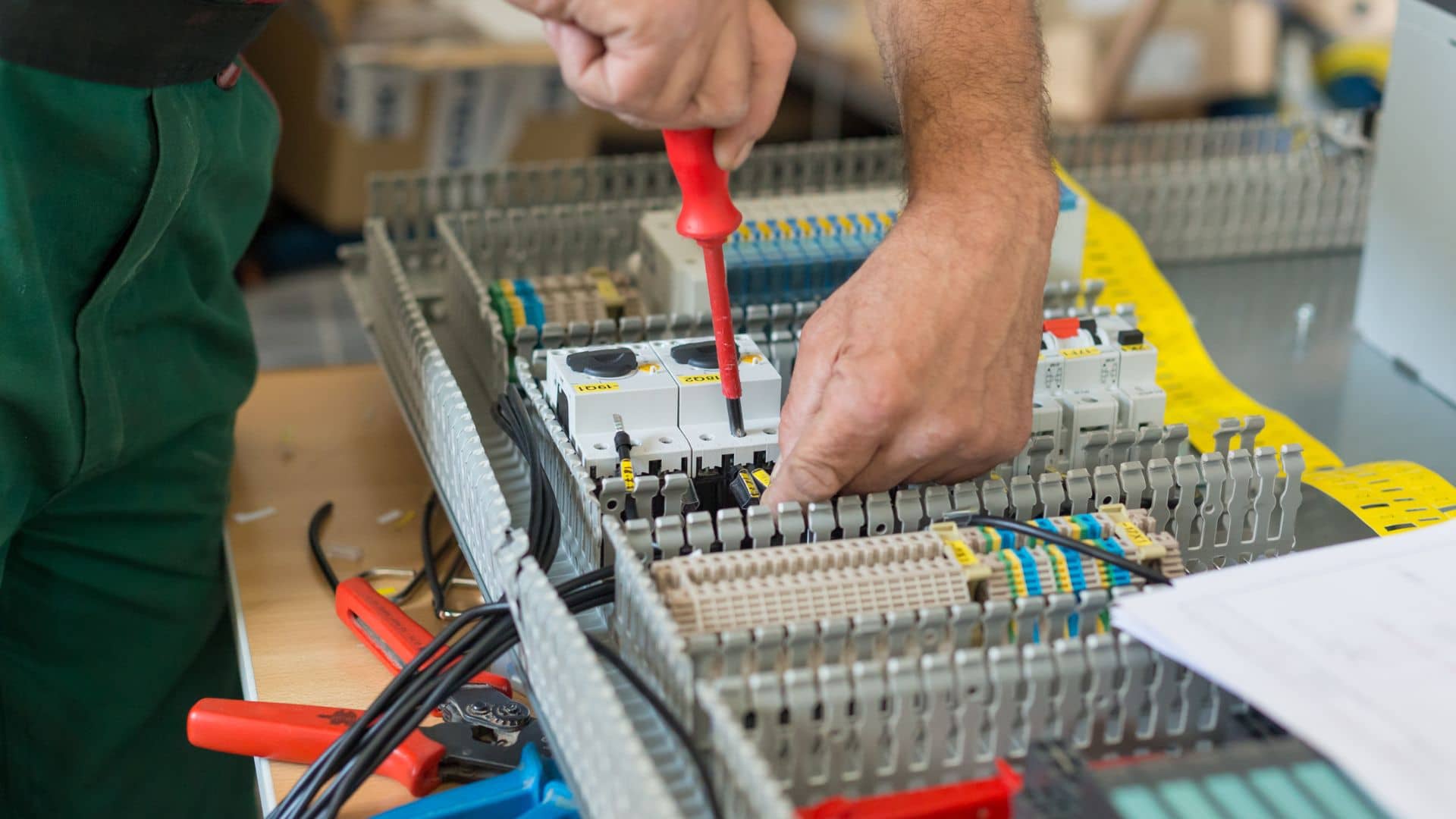In the dynamic landscape of modern business operations, the seamless integration of technology has become pivotal. Embracing automation systems has emerged as a game-changer, redefining traditional workflows. This article delves into the realm of automation system installation and support, shedding light on its significance and benefits.
A Paradigm Shift: Automation System Integration
The Integration of Automation Systems marks a revolutionary shift in how businesses operate. Streamlining complex processes, these systems ensure efficiency, accuracy, and enhanced productivity. From manufacturing units to customer service, automation systems permeate various sectors.
Advantages of Automation System Installation and Support
Enhanced Efficiency: Industrial automation eradicates repetitive tasks, allowing employees to focus on more strategic activities. This boost in efficiency translates to optimized resource allocation and improved output quality.
Error Minimization: Human errors, a constant challenge, can lead to costly consequences. Automation systems minimize such errors, upholding the integrity of operations.
Time Optimization: Swift execution of tasks expedites project timelines, giving businesses a competitive edge.
Navigating Installation: Precision and Expertise
The Installation of Automation Systems demands meticulous planning and execution. A well-structured installation process ensures the system’s seamless integration into the existing framework.
Key Steps in Installation
Assessment and Planning: Thoroughly understanding the business’s requirements is paramount. A detailed plan outlines the system’s architecture, components, and potential challenges.
Hardware Implementation: This phase involves procuring and setting up the necessary hardware components. Attention to detail is crucial to prevent compatibility issues.
Software Configuration: Installing and configuring the required software guarantees optimal system functionality. Customization ensures alignment with specific business needs.
Testing and Quality Assurance: Rigorous testing validates the system’s performance. Identifying and rectifying glitches at this stage prevents disruptions post-installation.
Unveiling Support: Ensuring Longevity
Sustaining the efficiency and functionality of an Automation System hinges on comprehensive support mechanisms.
Elements of Effective Support
Proactive Maintenance: Regular system check-ups and updates mitigate potential issues, fostering uninterrupted operations.
24/7 Technical Assistance: Immediate access to technical experts ensures swift issue resolution, minimizing downtime.
User Training: Empowering employees with the know-how to utilize the system optimally enhances overall productivity.
Continuous Monitoring: Monitoring system performance in real-time allows for timely interventions, averting major breakdowns.
Transitioning into a New Era
In conclusion, the installation and support of automation systems redefine how businesses function. Embracing this technological evolution leads to streamlined workflows, heightened efficiency, and sustained growth. By seamlessly integrating automation solutions, businesses open doors to a future of endless possibilities.


